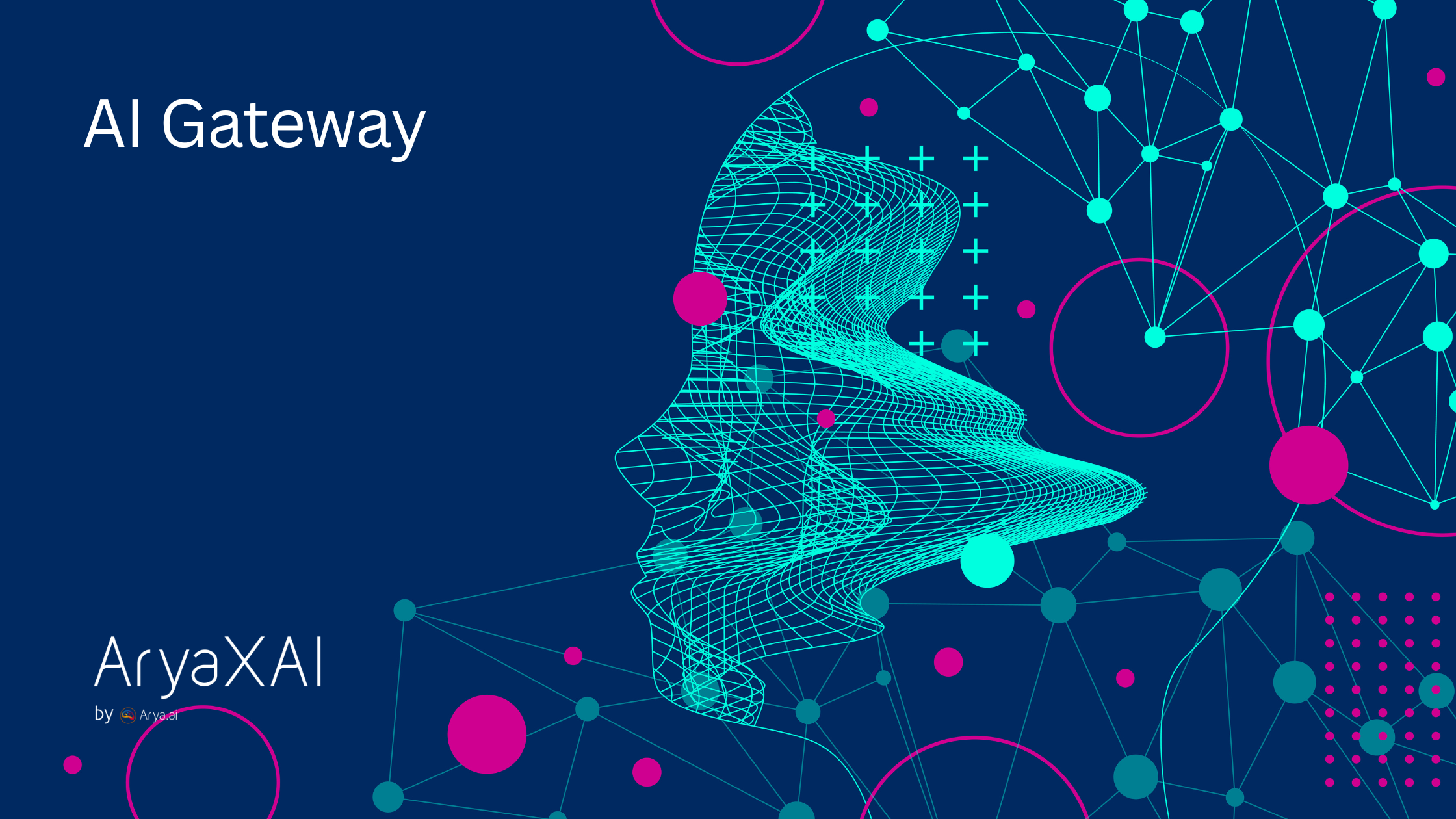A Practical Guide to Developing Reliable AI Agents
8 minutes
August 12, 2025

As AI systems advance, simple query–response interactions with large language models (LLMs) no longer suffice for complex, multi-step tasks. Today’s AI agents must think, act, and orchestrate across multiple components to deliver real-world value. Without dependable design, AI agents risk making inconsistent or incorrect decisions, leading to operational failures and loss of user trust.
In this blog, we explore how to design and deploy dependable AI agents by examining their internal structure, suitable models, execution workflows, production deployment, performance evaluation, and feedback systems.
The Anatomy of an AI Agent
An AI agent is more than a language model—it’s a layered architecture that transforms intent into action. The core components typically include:
- Reasoning Layer: Interprets user goals, breaks down tasks into actionable steps, and plans how to reach an objective.
- Tool-Use Layer: Interfaces with external systems—APIs, databases, search, or execution tools—to perform actions or fetch context.
- Oversight Layer: Ensures reliability by monitoring execution, handling errors, validating outputs, and managing retries or rollbacks.
- Orchestration Layer: Coordinates all layers—sequencing reasoning, tool invocation, error handling, and iteration into a seamless workflow.
These layers must interact smoothly to enable agents to decompose tasks, call services, recover from failures, and complete workflows reliably. Such modularity supports scaling, maintainability, and resilience.

Popular Open‑Source Models for AI Agents
The effectiveness of an AI agent is heavily influenced by the underlying models it leverages. While proprietary foundation models often dominate discussions around capabilities, the open-source ecosystem has rapidly matured, offering powerful, customizable alternatives suited for production-grade agents. Choosing the right model architecture for the right sub-task can significantly enhance performance, reliability, and control. Below are key categories of models commonly used in agentic systems:
1. Language Models
General-purpose language models like Meta’s LLaMA, Mistral, or OpenChat serve as the backbone of reasoning within an AI agent. These models are particularly adept at:
- Interpreting User Intent: Understanding the semantics and goals behind unstructured natural language input.
- Task Decomposition: Breaking down complex, multi-step problems into manageable sub-tasks.
- Prompt and Query Generation: Crafting structured prompts or API calls tailored for tool usage or retrieval-based actions.
Thanks to advancements in instruction tuning and alignment techniques, open-source LLMs are now capable of performing competitively with proprietary models in a range of reasoning and generation tasks. They also allow for domain-specific fine-tuning, enabling agents to specialize in finance, healthcare, legal reasoning, or any vertical-specific use case.
2. Tool-Specific or Auxiliary Models
While LLMs handle general reasoning, many agentic tasks benefit from lightweight, deterministic models built for specific tasks. These include:
- Embedding Models (e.g., BGE, E5): Generate dense vector representations of text that support similarity search, RAG (retrieval-augmented generation), and memory retrieval systems.
- Classification and Routing Models: Quickly identify task types, intent categories, or route queries to appropriate tools or modules.
- Information Retrieval Systems: Models optimized for fast indexing and querying of documents or APIs, which complement the agent’s knowledge and reduce hallucination.
These models are optimized for speed, cost-efficiency, and interpretability—making them ideal for high-frequency, low-latency inference within an agent’s workflow.
3. Execution-Focused Models
Execution assistants are models fine-tuned to bridge the gap between high-level plans and concrete actions. Their core responsibility is:
- Translating Reasoning into Action: Convert structured task plans into API calls, SQL queries, code snippets, or JSON payloads.
- Schema-Adherent Generation: Produce output that conforms strictly to predefined formats, enabling seamless integration with downstream systems.
- Low-Hallucination, High-Precision Behavior: Particularly critical in domains like finance or healthcare where incorrect outputs can lead to costly errors.
Some execution agents are built by fine-tuning open-source LLMs on task-specific codebases or datasets with strong format constraints (e.g., OpenFunction-style training or function-calling datasets).
Why Open Source?
Open-source models offer strategic advantages when building production-ready AI agents:
- Customizability: Teams can fine-tune models on domain-specific data, control instruction-following behavior, and reduce errors in edge cases.
- Cost Control: Hosting models in-house or using dedicated inference servers often results in lower operating costs compared to commercial APIs with usage-based pricing.
- Data Privacy & Compliance: Sensitive data stays within internal infrastructure, helping comply with industry regulations such as HIPAA, GDPR, or SOC 2.
- Model Transparency: Access to model weights and training data provides insight into model behavior—crucial for debugging, auditing, and building trustworthy systems.
As the open-source AI landscape continues to evolve, developers and enterprises are increasingly able to build state-of-the-art agents without relying solely on proprietary ecosystems.

Building Agentic Workflows
Creating a robust agentic system involves several key practices:
- Modular Decomposition: Divide tasks into self-contained subtasks that can be handled by different models or tools—enhancing maintainability and parallel execution.
- Clear Interfaces: Define structured communication patterns—e.g., using JSON schemas or function-calling—to avoid ambiguity across components.
- Observability and Logging: Capture traces, errors, and performance metrics at every layer to facilitate debugging and optimization.
- Error Handling Strategies: Proactively detect and handle failure cases—like misclassifications, rate limits, timeouts, or malformed outputs—through retries, fallbacks, or safe aborts.
These practices not only ensure robustness but also make the system easier to understand and evolve over time.
Deploying Agents into Production
Transitioning an AI agent from prototype to production demands infrastructure that can handle its layered complexity. This begins with component isolation—running reasoning engines, tool interfaces, and orchestration logic as independent services or containers. Each layer can then be optimized with the appropriate resources: for example, allocating GPUs for LLM inference and CPUs for lightweight tool execution or coordination. This separation also aids maintainability, monitoring, and scaling across different workloads.
Robust deployment also requires support for autoscaling and fault tolerance, ensuring the agent remains responsive during traffic spikes and resilient to failure scenarios. Additionally, implementing version control across models, workflows, and tools enables reproducibility, facilitates debugging, and allows for rapid rollbacks when needed. Security and access governance are equally critical—restricting access to sensitive tools, enforcing authentication protocols, and managing data privacy safeguards. Together, these practices ensure that agents deployed in production environments are secure, reliable, and built for long-term maintainability.
Closing the Loop
For an AI agent to remain effective in real-world settings, it must continuously learn from its environment and evolve over time. This requires building structured feedback loops into the system that allow for iterative improvement based on real-world performance.
- Continuous Telemetry: Every interaction should generate logs—capturing failures, latency issues, tool misfires, and user behavior. This telemetry acts as a diagnostic layer, helping teams pinpoint where reasoning breaks down or where bottlenecks occur.
- Human-in-the-Loop Review: Not all errors can or should be handled automatically. Human review, especially for edge cases or unexpected outcomes, allows for nuanced evaluation. Dashboards and annotation tools can assist operators in analyzing anomalies and refining logic or rules accordingly.
- Automated Learning and Updates: Over time, the agent should be able to adapt by incorporating new knowledge—whether through fine-tuning, heuristic adjustments, or changes to orchestration logic. Frequent failure patterns, tool changes, or shifts in user behavior can all trigger targeted updates.
By closing the loop between observation, evaluation, and improvement, agents become more robust, efficient, and aligned with user needs—reducing operational overhead while increasing long-term value.
Conclusion
Reliable AI agents are the product of layered architectures, thoughtful tooling, careful infrastructure design, and data-driven iteration. Moving beyond one-shot language model outputs toward structured reasoning, tool use, monitoring, and feedback enables agents to perform complex tasks with consistency in production. With clear componentization, observability, and feedback mechanisms, development teams can build AI agents that scale, adapt, and continuously deliver trustworthy automation.
SHARE THIS
Discover More Articles
Explore a curated collection of in-depth articles covering the latest advancements, insights, and trends in AI, MLOps, governance, and more. Stay informed with expert analyses, thought leadership, and actionable knowledge to drive innovation in your field.

Is Explainability critical for your AI solutions?
Schedule a demo with our team to understand how AryaXAI can make your mission-critical 'AI' acceptable and aligned with all your stakeholders.



.png)
















.png)



